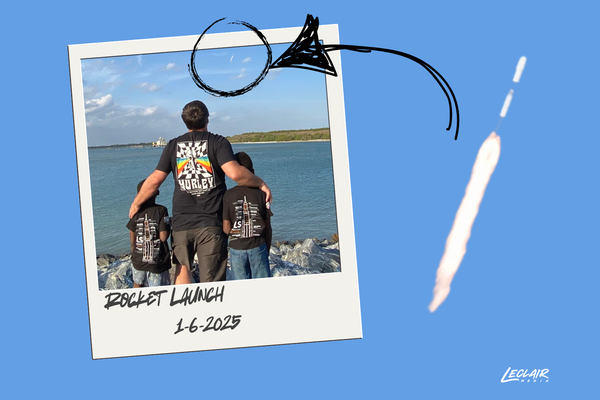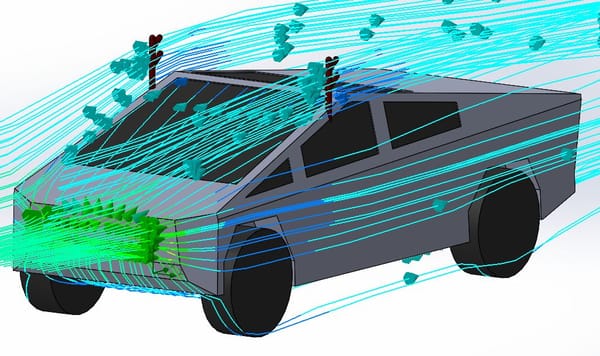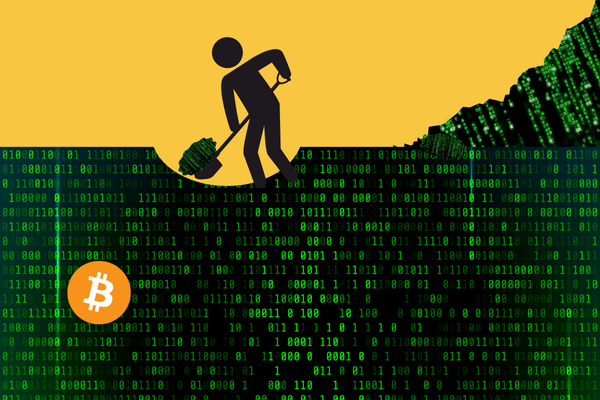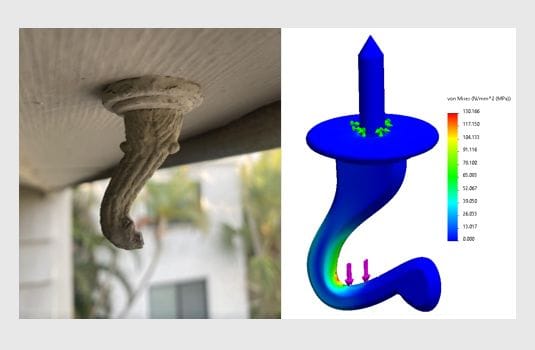chaos part 1: will this even work?
So...I'm dropping a bunch of GPS trackers off in the Gulf of Mexico.
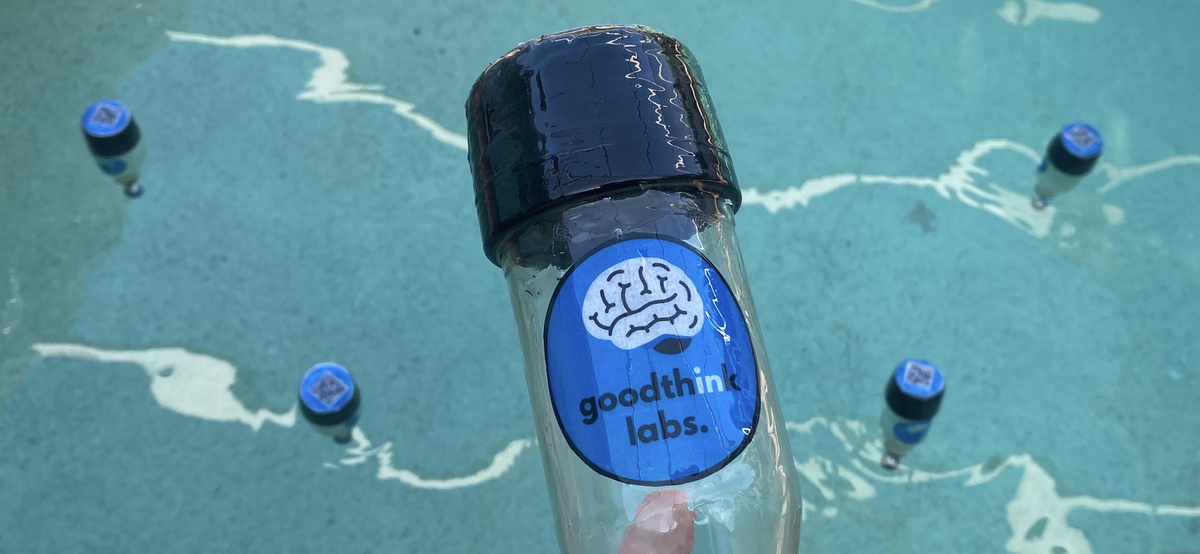
This idea started a few years ago when I heard this story . TLDR: a container full of bath toys (including 7200 rubber ducks) fell off a freighter and ended up all over the world.
This is crazy to me. Thousands of identical things start in the same location but end up thousands of miles apart. How?
Also...how cool would it be to map that in real time?
That's why I'm dropping 5 GPS trackers 5 miles off the coast of FL. Planning to track them for a month so we can see the "Moby Duck" experiment play out in real time!
They're mildly magnetic (even through the plastic housing) so they'll start out in a tight group, but as waves move them apart and wind/currents sweep them along we'll get to see chaos theory in action.
Basically, we'll see an ordered system (5 identical transmitters) transition to a state of disorder (randomly distributed final locations) over a period of a month.
I pitched this to the folks at LandAirSea. They make a cool tracker that pings GPS satellites on regular intervals and transmits the location data back via cell signals. They were curious how this plays out as well and sent me 5 trackers to try this out.
Obvious design constraint number 1:
The trackers need to be able to communicate to be useful.
Obvious design constraint number 2:
They've got to look like messages in bottles.
Non. Negotiable. (No matter how many people tried to tell me it would be so much cheaper and easier to put them in a little plastic case from AliBaba!)
With the basic constraints established it was time to build..
Prototype 1! aka. Panera cup glued/taped to the bottom of a lemonade bottle.
This was a quick and dirty way to verify that a transmitter could still send messages to cell towers/receive info from satellites while partially submerged. Built this little beauty in about 10 minutes and tossed it in my trunk in a cooler partially filled with water. Then took it on my commute to verify that it sends a strong signal!

*trumpet noises* it does!

Lesson learned from this preliminary experiment: dial the ping rate back to increase battery life. When I drop these off in the Gulf I'll take this into account and set them to update me every 2 hours (1.5 month battery life). That will be long enough to see some cool things happen and frequent enough to get high fidelity on the map.
I also learned that I should weight the bottles so they float upside down.
I'm designing a 3D printed, epoxy impregnated alternative to the Panera cup this week and prepping for launch on 3/16/2024!

